Description
Name in North American Boletes: Boletus frostii
Genus: Exsudoporus
- Genus 2: Butyriboletus
- Genus 3: Boletus
Species: frostii
- Common Name: “Candy Apple Bolete”
- Common Name 2: “Apple Bolete”
- Common Name 3: “Frost’s Bolete”
- Common Name 4: “panza agria” (Spanish for ‘sour bellies’)
Tells: Candy-apple red (sometimes duller) cap, pores, and stem. Viscid cap. Pores & flesh bruise blue. Stem has coarse, raised netting. Sour taste. Likes oak.
Other Information: Young frostii often have a honey-colored dew on the pores. The flesh usually stains blue, often quickly and profoundly, but we’ve found that to be erratic. This should be an easy ID because the mushroom is so unique.
Edibility: At least “Good” and arguably “Choice” with a unique, almost sour taste with a bit of a bitter aftertaste. Some people love them, but for others it’s a “meh.”
Science Notes: DNA testing and its odd features initially moved this mushroom and its southern relative floridanus into a newly erected genus called “Exsudoporus” (“exsudo” from the droplets in young pores). It has since flip-flopped into the closely related Butyriboletus genus, and then been restored.
CHEMICAL TESTS:
- NH4OH (Ammonia): Cap surface turns yellowish to olive-green. Blue-stained cap flesh turns yellow-amber.
- KOH: Cap surface turns gray-olive, then bright orange. Blue-stained cap flesh turns bright orange.
- FeSO4 (Iron Salts): Blue-stained cap flesh turns yellowish.
Links:
 |
568 |  |
290 |  |
114 |  |
205 |

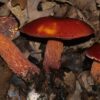
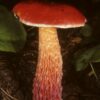
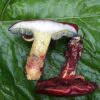
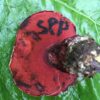
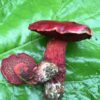
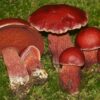
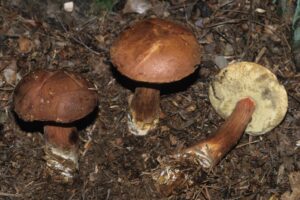
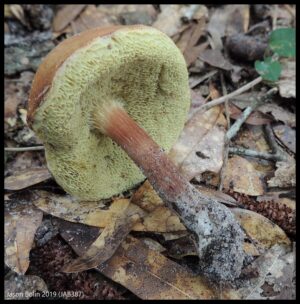
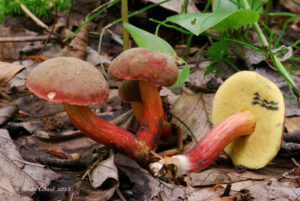
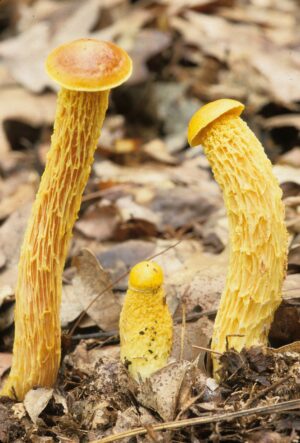
Got something to discuss?